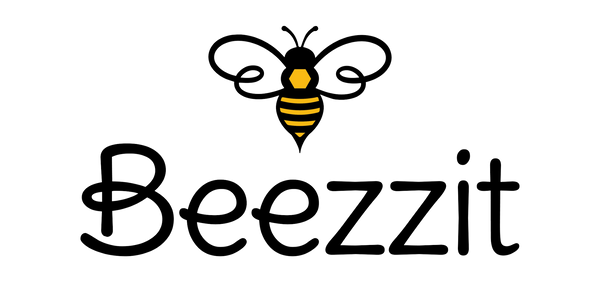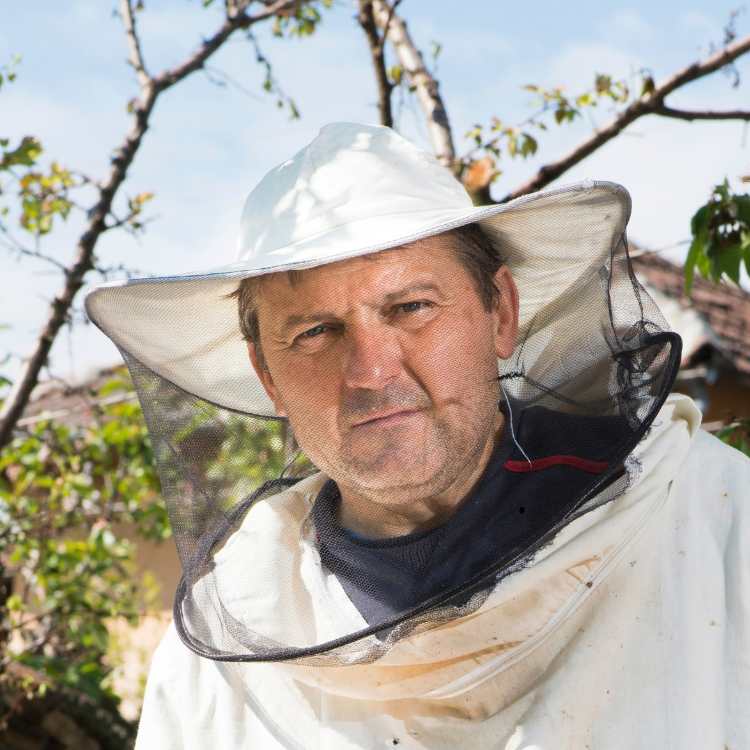So bitten by the beekeeping bug? Maybe it was a documentary, a backyard honey tasting, or the romantic idea of pottering around your garden in a bee suit, harvesting golden jars of honey. Whatever inspired you, welcome to the community. Beekeeping can be a super rewarding experience, occasionally frustrating, and guaranteed to teach you something new every time you open a hive. But how to start beekeeping? If you are thinking about starting beekeeping, there is a right way to do it. Let’s get straight into the basics.
Is beekeeping actually for you?
Before you get all excited about buying your first hive or joining a beekeeping course, you will first need a “hands-on.” Many beekeepers in local associations offer taster days in late spring or early summer. You will have to suit up, light a smoker, open a hive and get a face full of that warm, waxy, floral smell of a busy colony. If this sounds exciting, maybe you are cut out to be a good beekeeper. But, remember, if tens of thousands of buzzing insects make you want to run, be honest with yourself. There is no shame in deciding that beekeeping is not for you. Better find out now than after you have dropped a grand on gear and equipment.
Join a local beekeeping association
Now comes the fun part of how to start beekeeping. Beekeeping is hyperlocal. The weather, forage, and even nectar availability vary wildly from one state to another. So, joining a local association makes the best sense. These folks know when the nectar flow happens, how to deal with fickle springs, and what gear you will actually need. You can also seek training courses from your association. There is no need to be a social butterfly, but access to experienced advice is invaluable when you are starting out.

Start with a basic course
A good starter beekeeping course will cover all the fundamentals like bee biology, hive management, disease management, swarm control and equipment use. This will give you a very solid foundation. But theory alone is not going to cut it, beekeeping is a practical skill after all. No amount of online classes or textbooks can prepare you for the real world. It is only the hands on experience that will teach you what it feels like to inspect a heavy brood frame or spot subtle mood shifts in the hive.
You can also consider a mentor during this stage as a good mentor can spot things that you won’t even know to look for. Queenless colony? Hidden swarm cells? Early signs of Varroa? Experienced mentors have seen it all and been through it all. All these insights can be invaluable when learning how to start beekeeping.
Don’t get stuck with theory
Books are helpful. Courses are great. But neither one can teach you how it feels when you open a hive that is bursting with bees, or how to spot a queen cell tucked behind a frame of a brood. You need to be more hands-on. Observe, take notes, ask questions and most importantly, do not panic when things go sideways as they inevitably will. Learn from your mistakes and your bees will sometimes surprise you.
Start with local bees
When you think you are ready for the bees and know how to start beekeeping, don’t rush for the first nucleus colony you see online. Exotic bees and other imported varieties might be available earlier in the season, but these species are not acclimatized to the local climate or forage. Local bees tend to be much more successful in surviving the first winter and will often perform better. Sourcing your bees from your association or mentor can be a good choice when starting out. If you are really lucky, you might even score a swarm or a locally raised overwintered nuc. Either is a great way to start after you have learned how to start beekeeping.

Manage your expectations
It is quite easy to picture yourself bottling jars of honey by August. The reality? Your first season after learning how to start beekeeping is going to be all about learning and keeping your bees alive through winter. This is the real milestone, anything else is just a bonus. Expect the unexpected: weird weather, aggressive colonies, puzzling inspections and maybe even a lost swarm. There is no need to worry as all this is just a part of the learning curve. If you come through with a healthy colony, you will have a much better understanding of what you are doing.
Keep it simple
There are a plethora of hive types and management styles out there. We know that it can be super tempting to go off the beaten path the right way-top bar hives, treatment free methods, natural beekeeping. But we always suggest you start with the more mainstream methods. Use a standard removable wooden frame. Learn one swarm control method-nucleus splits are great for beginners. Stick with it until you fully understand how it works and why. You can always explore alternative approaches later. The first thing to do after you have learned how to start beekeeping is to build your confidence and competence.
What matters the most for your first season
Forget the honey for now. The goal after you have learned how to start beekeeping for year one is going to be:
-
Keeping your colony and the queen healthy
-
Learning to inspect confidently
-
Understanding how to identify problems
-
Getting your bees through winter
And, in the process, if you get a few jars of honey too? Great. But success is not measured in supers. It is whether your bees are still buzzing come spring.
Looking ahead
With a successful first year under your belt, season two is where things will really start to click after you have learned how to start beekeeping. Your colony might try to swarm and this can be your best chance to use that swarm control method you practiced. And yes, this might be the year that you finally harvest some honey.
Start slow and stay curious, and you will do just fine. The world of beekeeping is vast and frankly, super interesting. Looking to take a peek into their fascinating world? Learn more about bees and beekeeping from our full blog here.




